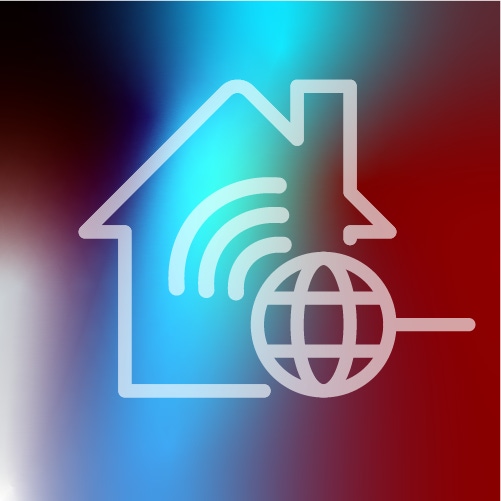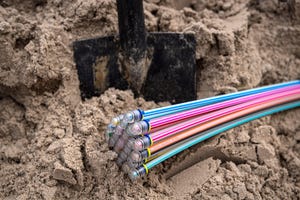Reliability paramount in home broadband, former Comcast CTO says
Multi-gigabit speeds to the home is on trend, but 'massive reliability' across every link in the local area network is critical, says Plume board appointee Tony Werner.

Even as the home broadband market rapidly enters the multi-gigabit era, delivering reliable connectivity to the home – and within the home – has reached a critical stage, according to Tony Werner, a former Comcast exec who was recently appointed to the board of Wi-Fi tech specialist Plume.
"Customers still want massive speed … but I think the trend toward massive reliability is really important. Much of that [is about] reliability of the entire network, end-to-end, which includes every last link in the local area network," Werner explained.
Figure 2:  "I think in the next five years, the innovation and a lot of the growth will happen in the local area network," says Tony Werner, who recently was appointed to the board at Plume.
"I think in the next five years, the innovation and a lot of the growth will happen in the local area network," says Tony Werner, who recently was appointed to the board at Plume.
(Source: Comcast)
That trend, he added, will only grow in importance as more and more devices are connected to the network.
"It's not just your kids' tablets, your tablets or your PCs – it's your yard lights, it's about controlling cameras," Werner said.
"I think that's really the trend that's going to power a lot of next-generation broadband, and certainly Plume plans to be a very significant player in that future."
Werner is bringing his insight and expertise to Plume following a long career in the cable industry, most recently with Comcast, which has been using Plume's tech to help power its xFi home broadband management system as well as its xFi Pod Wi-Fi extenders.
After serving as chief technology officer at the cable operator, Werner later rose to become president of the company's Technology, Product and Xperience (TPX) unit. He remains connected to Comcast as senior technology advisor to the CEO.
Werner, who is also still active at CableLabs and with the Society of Cable Telecommunications Engineers (SCTE), believes Plume and Comcast are aligned about the direction and future of broadband connectivity, especially as visibility into the performance of the home network only increases in importance.
Devices connecting to the network at 'geometric rates'
"It's obviously critical to have a full scale, high-speed broadband connection. But it's absolutely critical that the significant number of devices that are in the home, which are growing at geometric rates, are connected and that they maintain connectivity," Werner said.
"If you lose Wi-Fi connectivity, even if you still have connectivity to the Internet, a lot of these devices quit working … I think in the next five years, the innovation and a lot of the growth will happen in the local area network."
Wi-Fi connectivity will only gain in importance as new, faster standards, such as Wi-Fi 6, Wi-Fi 7 and the use of the 6GHz band, come onto the scene and get adopted by consumers and service operators.
Next-gen Wi-Fi technologies are a step toward putting Wi-Fi "on a flat playing field with wired connectivity," Werner said.
While managing and maintaining those Wi-Fi networks remains a prime area of focus for Plume, Werner believes the path leads to new and enhanced systems that make it easier for consumers to onboard devices that are connecting to that network.
A role in '10G'
He also sees some important connection points between Wi-Fi and "10G," a cable industry program focused on driving 10-Gig speeds, enhanced security and low latencies across multiple types of access networks, including hybrid fiber/coax (HFC), fiber-to-the-premises (FTTP) and even wireless.
While it's not entirely clear yet which apps will need those kinds of speeds on a consistent basis, Werner believes 10G is also about providing enough capacity to support the simultaneous consumption of multiple devices in the home.
"It isn't necessarily 1, 2 or 3-gigabit applications, but rather it's a hundred 10-megabit applications," he said.
Next-gen Wi-Fi will certainly play a role in meeting those capacity demands, but Werner also sees Plume playing a role in cutting down latency on the home network.
"There's still a lot of latency that comes just from the Wi-Fi protocol itself. I think there's a lot of work that we can do in that area," he said.
Related posts:
— Jeff Baumgartner, Senior Editor, Light Reading
About the Author(s)
You May Also Like




_International_Software_Products.jpeg?width=300&auto=webp&quality=80&disable=upscale)







